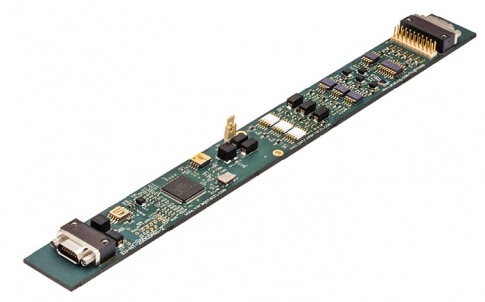
The needs of multiple industries have led to the increased placement of high precision electronics closer to high-temperature areas. There are several drivers for this trend, such as in energy exploration, where accessing hard-to-reach resources often requires equipment designed to operate at 175°C and higher. Due to size and power limitations, active cooling is not practical and convection of heat is very limited. In other systems, it is desirable to locate sensors and signal conditioning nodes close to areas of elevated temperature, such as engines, braking systems, or high power energy conversion electronics, in order to improve the overall system reliability or reduce costs. Aerospace, automotive, heavy industrial, and other end applications are all working to overcome this design challenge.










Comment: Hybridisation is a new era for aerospace
Reduced weight & simplification of the combustion engine operating , If hybrid cars are anything to go by. Further weight reduction might be...